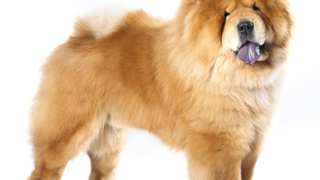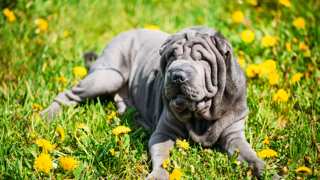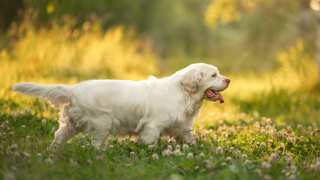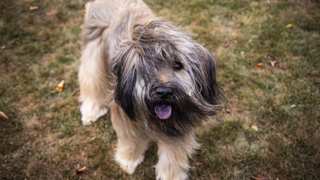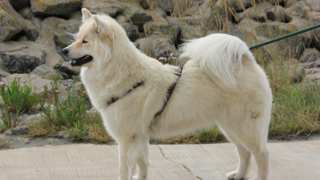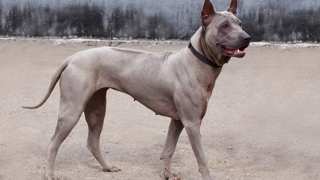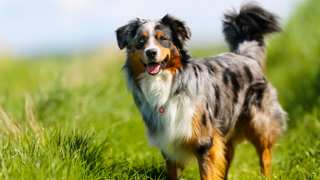Chow Chow food and diet choices, as with all dogs, are vital to their health and well-being. But this breed is unusual in the canine world: Chows were originally developed in China, and those early dogs ate a primarily vegetarian diet consisting of grains and vegetables (along with occasional soy products and fish). This means that modern Chow Chows don't digest animal proteins very well, and do better with similar diets of fresh vegetables, rice, and eggs. The best Chow Chow dog food, then, is home-prepared meals. If you want to feed dry or canned food to your Chow, by all means consult a veterinarian first--and even then, be prepared for the Chow to have digestive issues.
Another problem with the Chow Chow diet is that these dogs are highly prone to bloat, an often fatal condition resulting from the dog eating too fast and trapping excess air in its stomach. The occurrence of bloat is higher in dogs that eat dry food, because it has a tendency to swell once it reaches the dog's stomach; if you give dry food to your Chow Chow, make sure to mix it with a little water, as this reduces the food's swelling in the stomach. Again, the best dog food for a Chow Chow is fresh/prepared, because owners say they tend to not eat it as fast.
Though these amounts may vary depending on the dog's age and activity level, the typical adult Chow Chow needs 2-3 cups of prepared food per day, divided into two meals; puppies need a bit less depending their age, or about 1½ cups of prepared food, divided into three meals until nine months of age. For specific portions, see this adult and puppy Chow feeding guidelines chart:
Dog AgeDog WeightFood TypeAmountFrequency2 Months8 lbsPrepared0.3 cups3x/day3 Months14 lbsPrepared0.4 cups3x/day6 Months30 lbsPrepared0.5 cups3x/day9 Months40 lbsPrepared1 cup2x/day12 Months45 lbsPrepared1 cup2x/day15 Months+55 lbsPrepared1.25 cups2x/dayOwners be warned: by all means, don't overfeed your Chow Chow! Because these dogs are pretty low-energy in the first place, they have a high tendency for obesity. And a fat Chow Chow will have digestive, breathing, and joint problems, not to mention a shortened lifespan. Try and stick to the above-listed portions, give the dog only healthy snacks (no feeding it from the table!), and do not "free-feed" your Chow. Free-feeding is when food is left in the dog's bowl all the time, thereby letting it eat any time it wants; veterinarians agree that free-feeding is the major cause of canine obesity and poor health. It's best to put your Chow's bowl down only at mealtimes, then pick it up 20-30 minutes after the dog begins eating (even if some food remains).
If you're worried that your Chow Chow has become obese, give it this simple Ribs Test: run a hand along the dog's side, and if you can't feel any ribs, it's diet time. Decrease your Chow's daily food consumption by one-fourth, and add an extra walk or play period to its daily exercise schedule.

